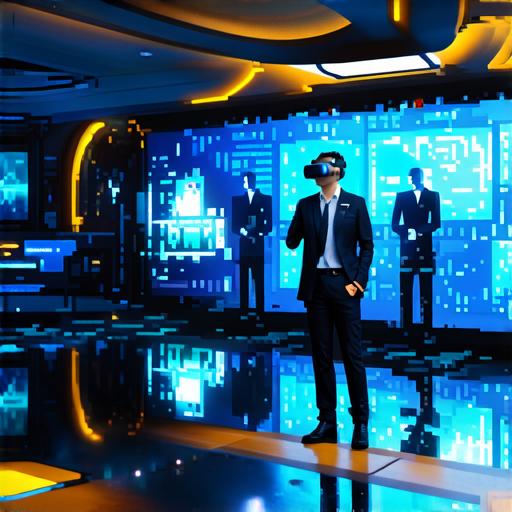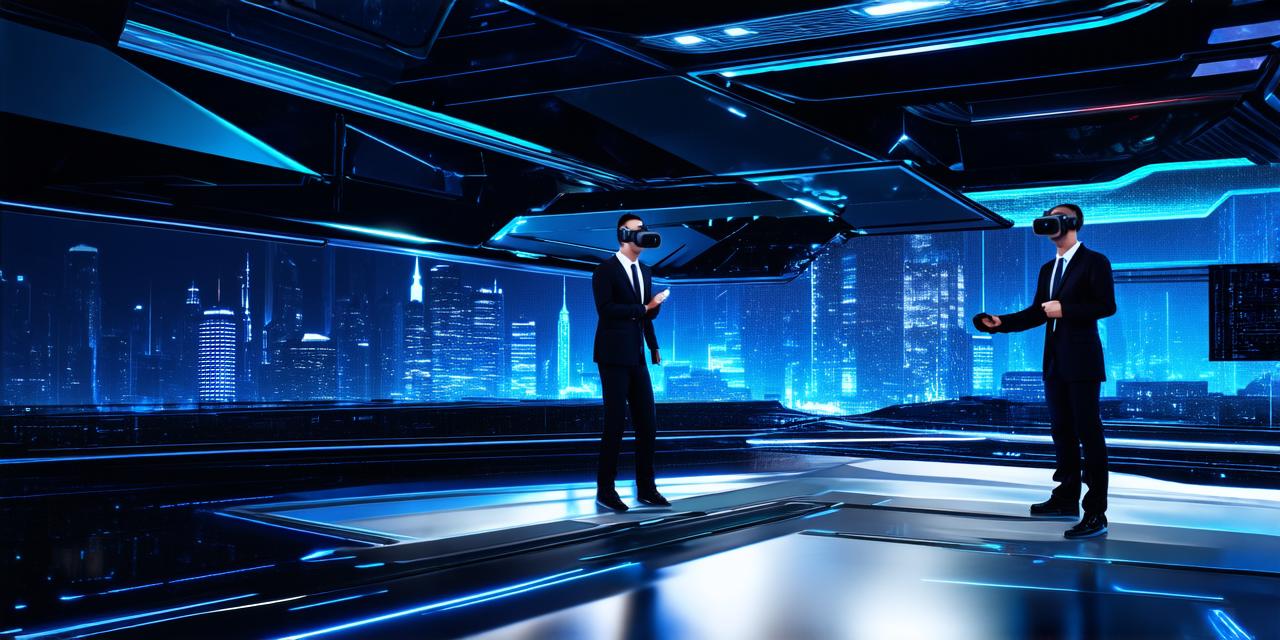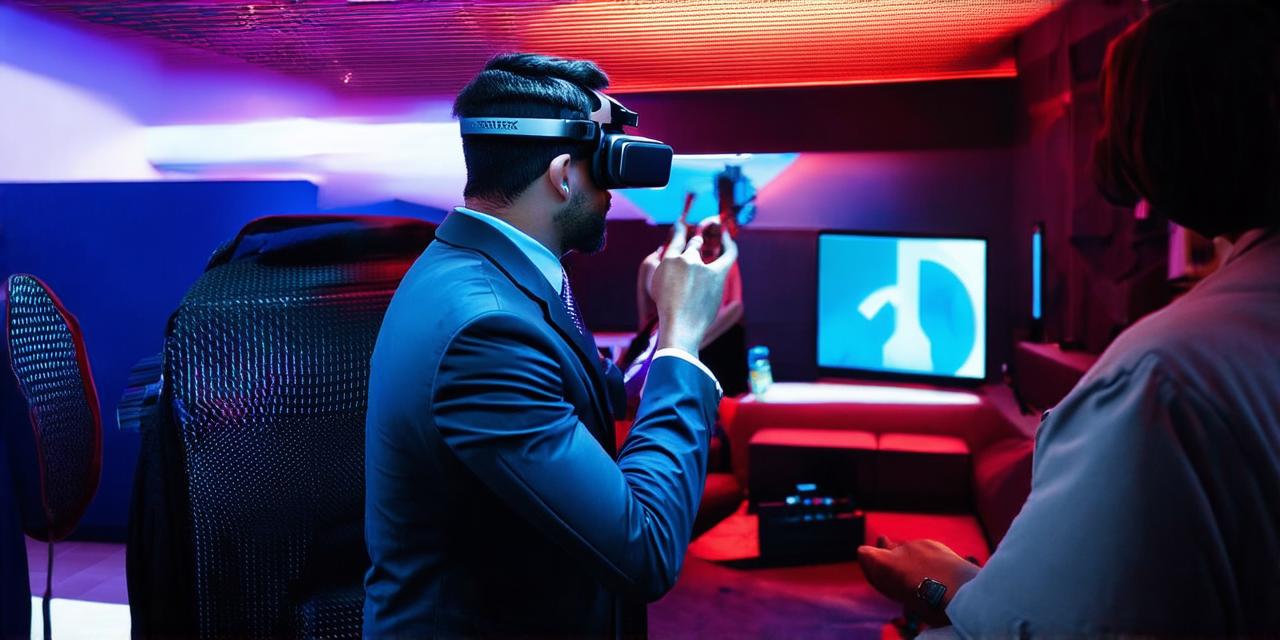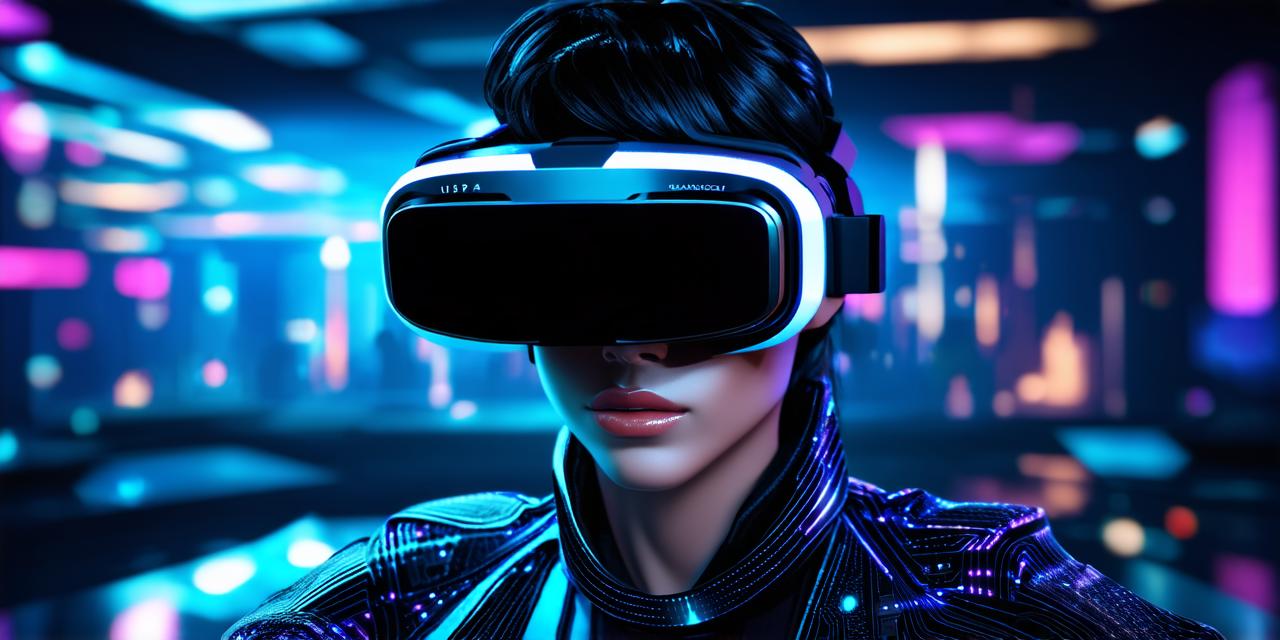Virtual reality (VR) is an immersive technology that allows users to experience and interact with virtual environments in a realistic way. One of the key elements of VR is its ability to create and maintain a sense of presence for users, which can be achieved through various techniques such as spatial audio, motion sickness prevention, and haptic feedback. However, another important aspect of VR applications is planning and designing the virtual environment itself, which requires careful consideration of factors such as user intent, interaction, and usability. In this article, we will explore how plans relate to VR applications and provide tips on effective planning for VR developers.
Understanding the Basics of VR Planning
The process of creating a virtual environment begins with determining the intended use case or application of the VR experience. This can include anything from training simulations to entertainment and gaming, and each requires a different set of considerations when planning the VR environment. For example, a training simulation may require a more realistic representation of a physical space in order to accurately simulate real-world scenarios, while an entertainment application may prioritize user engagement and immersion over realism.
Once the use case has been determined, the next step is to plan out the specific features and elements of the virtual environment. This includes things like the layout and spatial organization of objects within the environment, as well as the types of interactions that users will be able to have with those objects. It’s important to consider how these elements will work together to create a seamless and intuitive user experience, while also taking into account any limitations or constraints imposed by the VR hardware itself (such as field of view or tracking accuracy).
Effective Planning Techniques for VR Developers
One effective technique for planning VR environments is to use a process called “user-centered design.” This involves putting the user at the center of the design process and considering their needs, goals, and limitations when making decisions about the virtual environment. This can involve things like conducting user research and usability testing, as well as using techniques such as prototyping and iterative design to refine the VR experience over time.
Another important aspect of VR planning is to consider the impact of the virtual environment on the user’s physical and mental well-being. This can include things like minimizing motion sickness and discomfort, as well as designing elements that promote relaxation and stress reduction. It’s also important to consider the potential long-term effects of prolonged use of VR, such as eye strain or fatigue, and to take steps to mitigate these risks where possible.
Case Studies in Effective VR Planning
There are many examples of effective VR planning in action, ranging from commercial applications to educational and training simulations. One notable example is the VR training program developed by the U.S. military for pilots and other personnel. This program uses realistic virtual environments to simulate a wide range of scenarios and provide trainees with hands-on experience in a safe and controlled environment. The program was designed using user-centered principles, taking into account the specific needs and limitations of the target audience, and has been shown to be highly effective in improving pilot performance and reducing the risk of accidents.
Another example is the VR experience developed by the British Museum to showcase its collections to visitors. The experience allows users to explore the museum’s exhibits in a virtual environment, interacting with objects and learning more about their history and significance. The experience was designed with an emphasis on immersion and engagement, and has been shown to be highly popular with visitors, generating positive feedback and increasing attendance at the museum.
FAQs on VR Planning
1. What are some common mistakes to avoid when planning a VR environment?
- Failing to consider the user’s perspective and needs
- Ignoring limitations or constraints imposed by the VR hardware
- Focusing too much on realism at the expense of usability
- Not testing the VR experience thoroughly before launching
1. How can I ensure that my VR environment is accessible to all users?
- Conduct user research and usability testing to identify any potential barriers to accessibility
- Use clear and intuitive navigation and controls
- Provide alternative means of interaction for users with disabilities
- Consider the physical limitations of the VR hardware and design elements that are easy to reach and interact with

1. How can I measure the success of my VR application?
- Track user engagement and retention rates
- Conduct surveys or usability tests to gather feedback from users
- Analyze performance data such as load times and frame rates
- Monitor user behavior within the virtual environment to identify areas for improvement
Conclusion
Planning a VR environment is an important aspect of creating a successful and engaging virtual reality application. By considering the needs and limitations of the target audience, as well as the impact of the virtual environment on their physical and mental well-being, developers can create experiences that are both immersive and effective in achieving their intended goals. As VR technology continues to evolve, it’s important for developers to stay up-to-date with best practices and continue to refine their planning and design processes to ensure the success of their applications.




